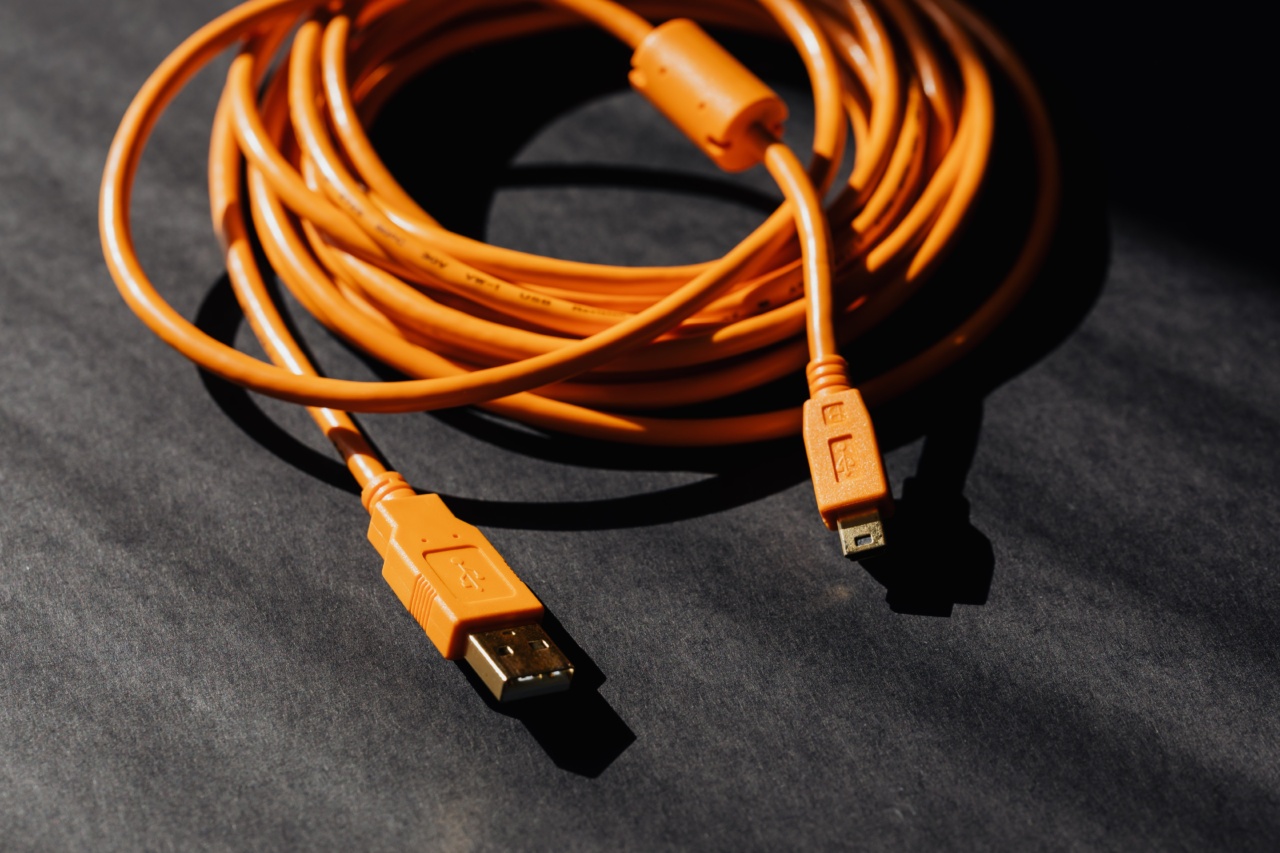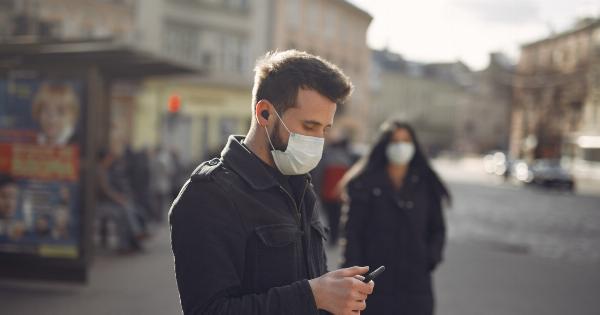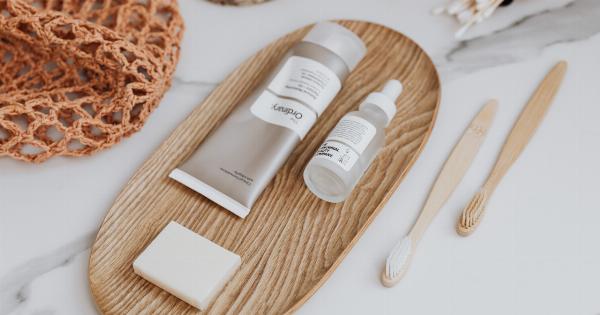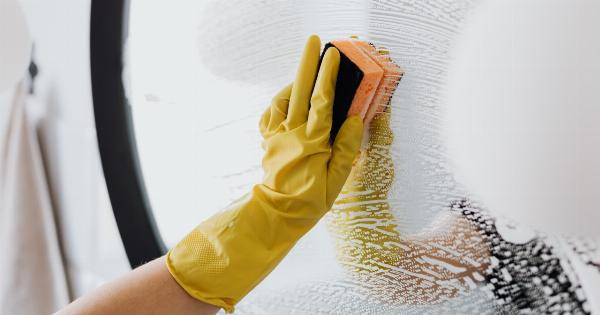Staphylococcus is a type of bacteria that can cause various infections in the human body. While it is commonly associated with skin infections, such as boils and abscesses, it can also be linked to the development of genital pimples.
In this article, we will explore the connection between Staphylococcus and genital pimples, the symptoms, causes, and treatment options available.
Symptoms of Genital Pimples
Genital pimples, also known as genital acne or acne on the genitals, can occur in both men and women. The symptoms may vary slightly depending on the individual and the underlying cause. However, some common symptoms include:.
- Small, raised bumps on the genital area
- Redness and inflammation
- Pain or discomfort
- Itching or irritation
- Pus-filled pimples
- Tenderness or sensitivity
Causes of Genital Pimples
Genital pimples can have several causes, one of which is an infection with Staphylococcus bacteria. Staphylococcus can infect hair follicles or sebaceous glands on the genitals, leading to the formation of pimples. Other possible causes include:.
- Hormonal changes
- Excessive sweating
- Poor hygiene
- Friction or irritation
- Sexually transmitted infections (STIs)
- Folliculitis
Diagnosing Staphylococcus Infection
If you suspect that your genital pimples are caused by a Staphylococcus infection, it is important to seek medical attention for proper diagnosis. A healthcare professional will examine the affected area and may take a sample for laboratory testing.
This test will determine if Staphylococcus bacteria are present and help guide the appropriate treatment options.
Treatment Options for Staphylococcus Infection and Genital Pimples
The treatment for genital pimples caused by Staphylococcus will depend on the severity of the infection. Mild cases may be treated with topical antibiotics or antiseptic creams to help eliminate the bacteria and reduce inflammation.
More severe infections may require oral antibiotics to fight the infection from within.
It is important to follow the healthcare provider’s instructions and complete the full course of antibiotics to ensure that the infection is fully treated and reduce the risk of recurrence.
Additionally, maintaining good personal hygiene and avoiding any further irritants in the genital area can help prevent future breakouts.
Preventive Measures and Hygiene Tips
To prevent the occurrence or recurrence of genital pimples, it is crucial to practice good personal hygiene. Here are some hygiene tips that can help:.
- Wash the genital area with mild, fragrance-free soap
- Avoid excessive scrubbing or scratching
- Wear clean, breathable underwear
- Change out of sweaty or wet clothes promptly
- Avoid sharing personal items, such as towels or razors
- Practice safe sex and use barrier methods of contraception
By following these preventive measures, you can reduce the risk of developing genital pimples and infections, including those caused by Staphylococcus bacteria.
When to Seek Medical Advice
If you experience persistent or worsening symptoms, it is important to seek medical advice.
Additionally, if you notice accompanying symptoms such as fever, severe pain, or the presence of other sores or lesions, you should consult a healthcare professional promptly.
Conclusion
Genital pimples can be caused by various factors, including infection with Staphylococcus bacteria. It is crucial to seek medical attention for proper diagnosis and treatment.
Maintaining good personal hygiene and following preventive measures can help prevent the occurrence or recurrence of genital pimples. By staying informed and practicing good hygiene, you can minimize the risk of developing this uncomfortable and sometimes painful condition.































